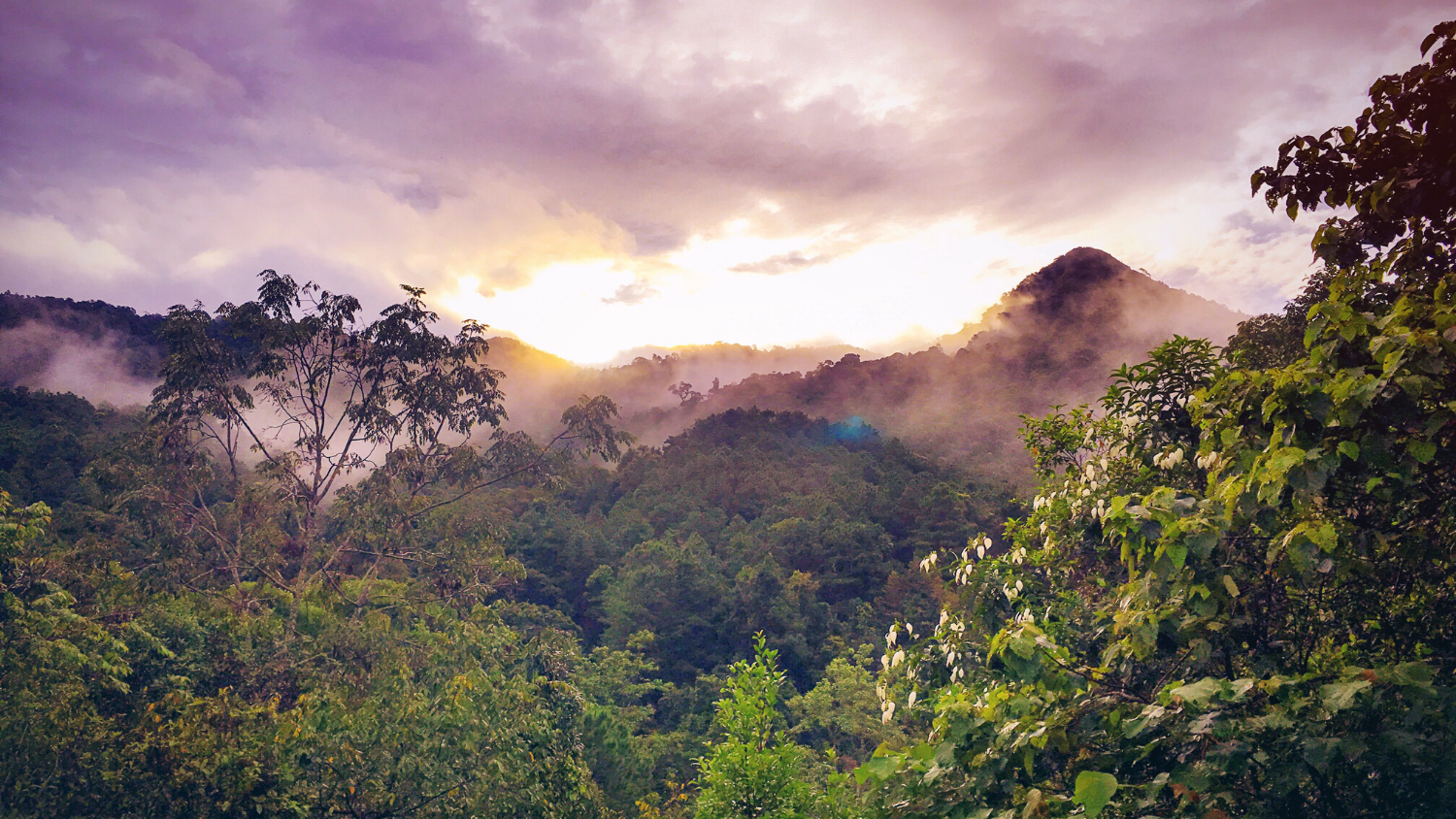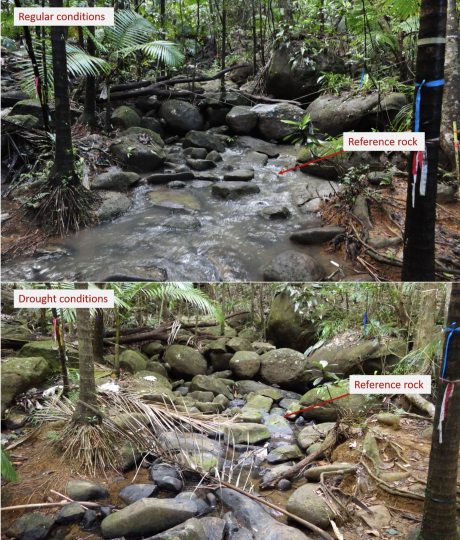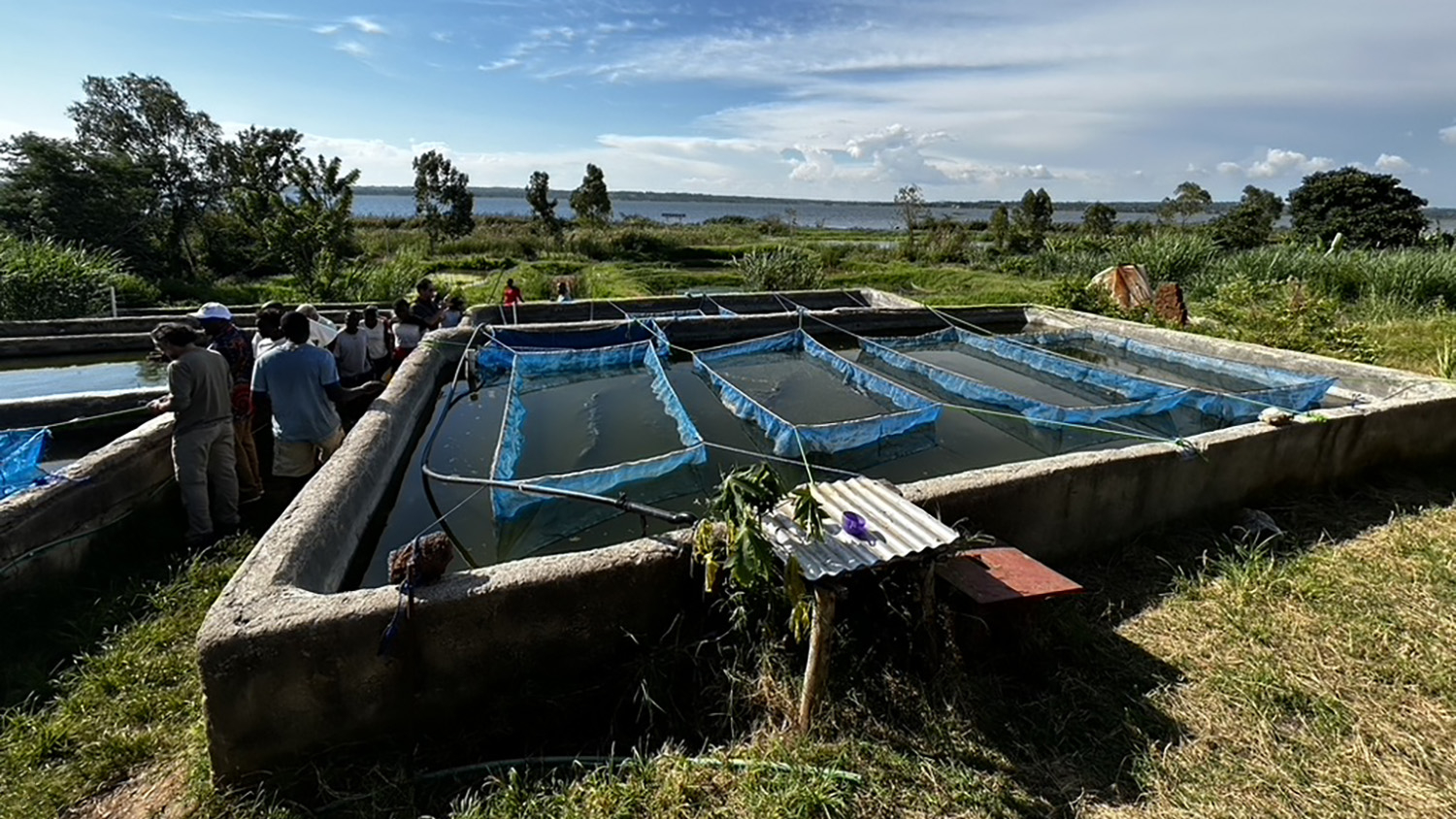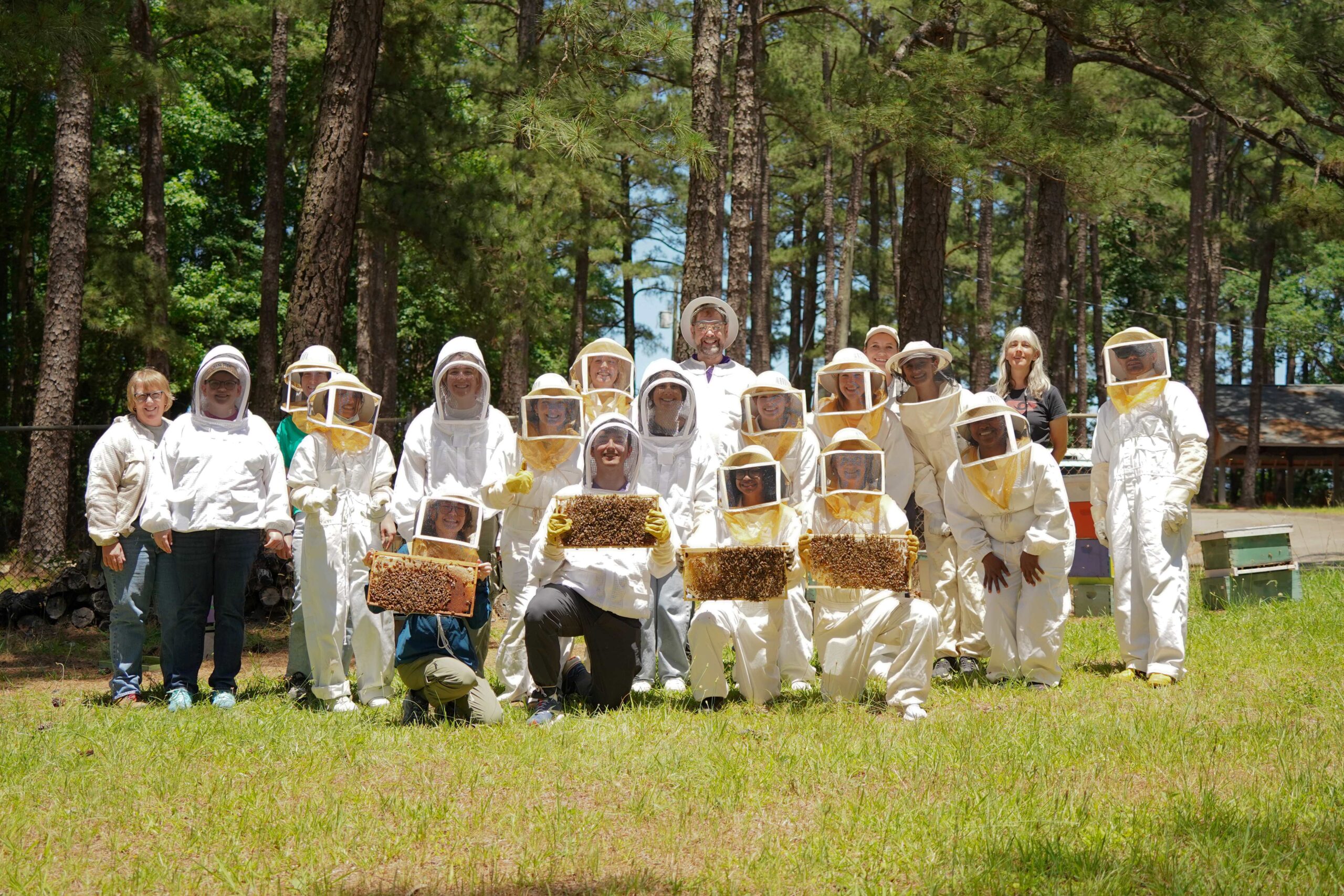What Is Causing Caribbean Rainforests To Dry Out?

In 2015, the Caribbean experienced the most severe and widespread drought ever recorded in 50 years. The Luquillo Experimental Forest in Puerto Rico only received 2 meters (6.6 feet) of rain, down from the 3.6 meters (12 feet) of normal annual rainfall, reducing streams to a scattering of loosely connected, stagnant pools. Essentially, the rainforest dried out.
Extreme droughts are predicted to occur more frequently in the tropics with future climate change. Annual precipitation amounts in Puerto Rico are predicted to decline by up to 1.3 meters (4.5 feet). But little is known about how tropical ecosystems cope during severe droughts or respond once the next rains fall. A collaborative study, led by Alonso Ramírez, professor at NC State’s Department of Applied Ecology, saw the drought of 2015 as an opportunity to examine how tropical stream ecosystems respond.

The researchers studied every aspect of the ecosystem, from the stream water physiochemical characteristics (e.g. oxygen levels, calcium, salinity) and organic matter to the presence of macroinvertebrates and shrimp. As streams dwindled to a series of disconnected pools, each pool developed a unique chemical signature that supported distinct assemblages of life. Riparian trees began losing their leaves en masse, resulting in increased leaf litter and light on the pools. Algae and biofilms, the basis of this aquatic food chain, took a hit due to increased pressure by shrimp that were now confined to limited pools.
They found that all components of the ecosystem were stressed by the drought and evidence that only fauna adapted to low oxygen and lack of water flow could survive these periods.
“Rainforest ecosystems in Puerto Rico are able to deal with large disturbances, including major hurricanes,” says Ramírez. “But, droughts here are quite rare and drastically affect ecosystems that are adapted to having plenty of water.”
Puerto Rico is a delicate tropical ecosystem that also supports several industries, including coffee farming. This collaborative study provides insights for these predictions by examining the effects of drought on the entire ecosystem rather than focusing on specific species. The article, “When the rainforest dries: Drought effects on a montane tropical stream ecosystem in Puerto Rico,” was published in Freshwater Science on March 31, 2020. The article was written by Pablo E. Gutiérrez-Fonseca and Omar Pérez-Reyes from the University of Puerto Rico, Alonso Ramírez from NC State’s Department of Applied Ecology, Catherine M. Pringle, Alan Covich, and Pedro J. Torres from University of Georgia, William H. McDowell from University of New Hampshire, Todd Crowl from Florida International University.


